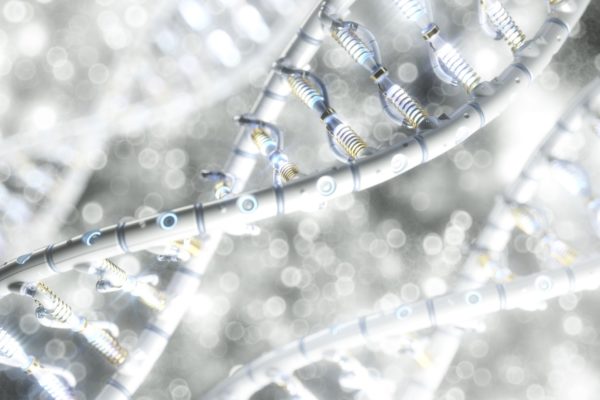
Preclinical evidence and artificial intelligence-based analysis has identified the dopamine receptor antagonist thioridazine (TDZ) as having anti-cancer properties in acute myeloid leukaemia (AML) patients who express dopamine receptors (DRD2) on leukaemic progenitor cells. These findings have since formed the basis for the recent evaluation of TDZ in AML.
In a phase I trial of 13 AML patients evaluating the clinical utility and safety of TDZ, a 19%-55% reduction in blast levels was observed in 8 patients after a 5-day run-in period of TDZ alone, before the addition of chemotherapy, for a total of 21 days of TDZ-chemotherapy combined. These results were accompanied by the finding that in these patients who experienced a degree of clinical response, that myeloid progenitor pools were acutely depleted. Furthermore, in vitro exposure to TDZ in treatment-naive AML patient samples collected at baseline also supported these results, finding that after 24 hours of exposure to TDZ, leukaemic progenitor frequencies were reduced in 7 of 9 samples tested. Alongside this phase I trial, leukaemic blast xenografts collected from AML patients were administered to 46 NOD SCID mice in vivo. After exposure to TDZ, leukaemic disease levels were reduced in these mice from 20-95%, compared to vehicle-treated controls, and were accompanied by the loss of gene expression signatures associated with malignant transformation.
Furthermore, the administration of TDZ did not require additional transfusion support, compared to chemotherapy alone, in the phase I trial. Interestingly, the number of required platelet transfusions decreased numerically with TDZ administration and approached statistical significance. In vivo administration of 21-day TDZ in healthy, non-leukaemic mice also had no negative effect on murine haematopoietic stem/progenitor cells, leukocyte counts or red blood cells. These results were further supported by the finding that human haematopoiesis was intact in cord blood-derived xenografts, providing initial evidence that TDZ can be safely coupled with chemotherapy without additional harm to the haematopoietic system.
DRD cell surface phenotype has also been found to predict AML progenitor response to DRD-modulating agents, after TDZ was found to suppress leukaemic progenitor cells in vitro, in DRD2-positive AML patients, but not in those who were DRD2-negative. The clinical utility of DRD2 as a therapeutic target for AML was further supported by the finding that exposure to other DRD2 antagonists, such as fluphenazine dihydrochloride and domperidone, also induced suppression of leukaemic progenitors in DRD2-positive patients. However, DRD expression is not exclusive to the cell surface, and was found to be expressed intracellularly in DRD2-negative populations, ultimately precluding any clear comparison between DRD2-negative and –positive populations. TDZ was also found to increase levels of cAMP, which induces downstream AML cell maturation and subsequent loss of self-renewal. Although healthy haematopoietic progenitors also have cAMP pathways, they lack DRD2 upstream machinery to mount a cAMP response to TDZ, supporting the use of DRD2 as a pharmacological gateway to the cAMP pathway in AML progenitors. Finally, TDZ is a chiral molecule, with TDZ+ being associated with a higher affinity for DRD2, whilst TDZ– is associated with increased cardiotoxicity. Purifying a racemic mixture to isolate the positive enantiomer, researchers were able to preserve cardiovascular function in guinea pigs, with no prolonged-QTc interval observed even with 3-fold dose escalations.
Conclusion
After the identification of TDZ as a potentially efficacious therapy for AML, this investigation has demonstrated the clinical utility of the compound in both an in vivo and in vitro phase I setting. Furthermore, DRD2 may be used as a selection criteria to identify a subgroup of AML patients who will benefit from this treatment, although DRD2 negativity does not exclude the presence of intracellular DRD2. The mechanism by which TDZ induces AML cell maturation and loss of self-renewal has also been identified, and by extension, how this treatment avoids harm to healthy haematopoietic progenitors. Finally, as a result of the difference in cellular mechanisms between AML and healthy haematopoietic progenitors, additional transfusion support does not appear to be required during the administration of TDZ and purification of the positive enantiomer may reduce cardiotoxicity.
Reference: